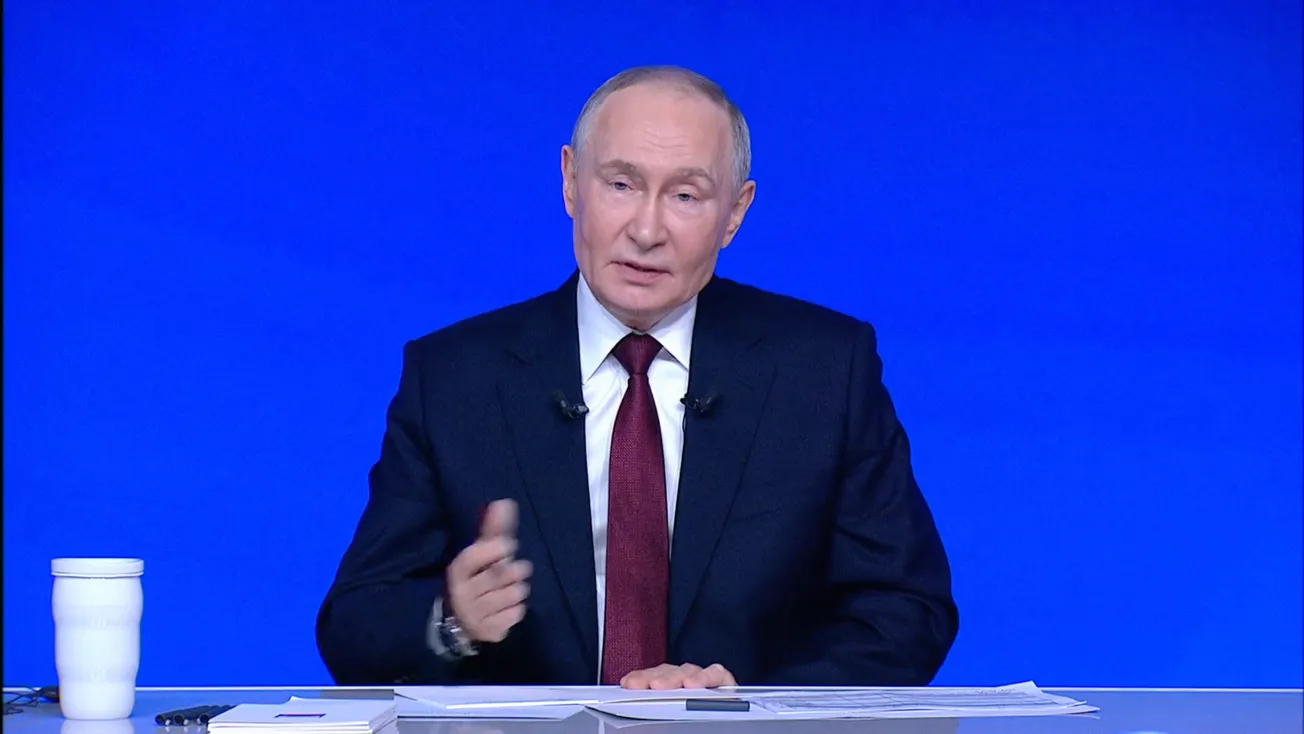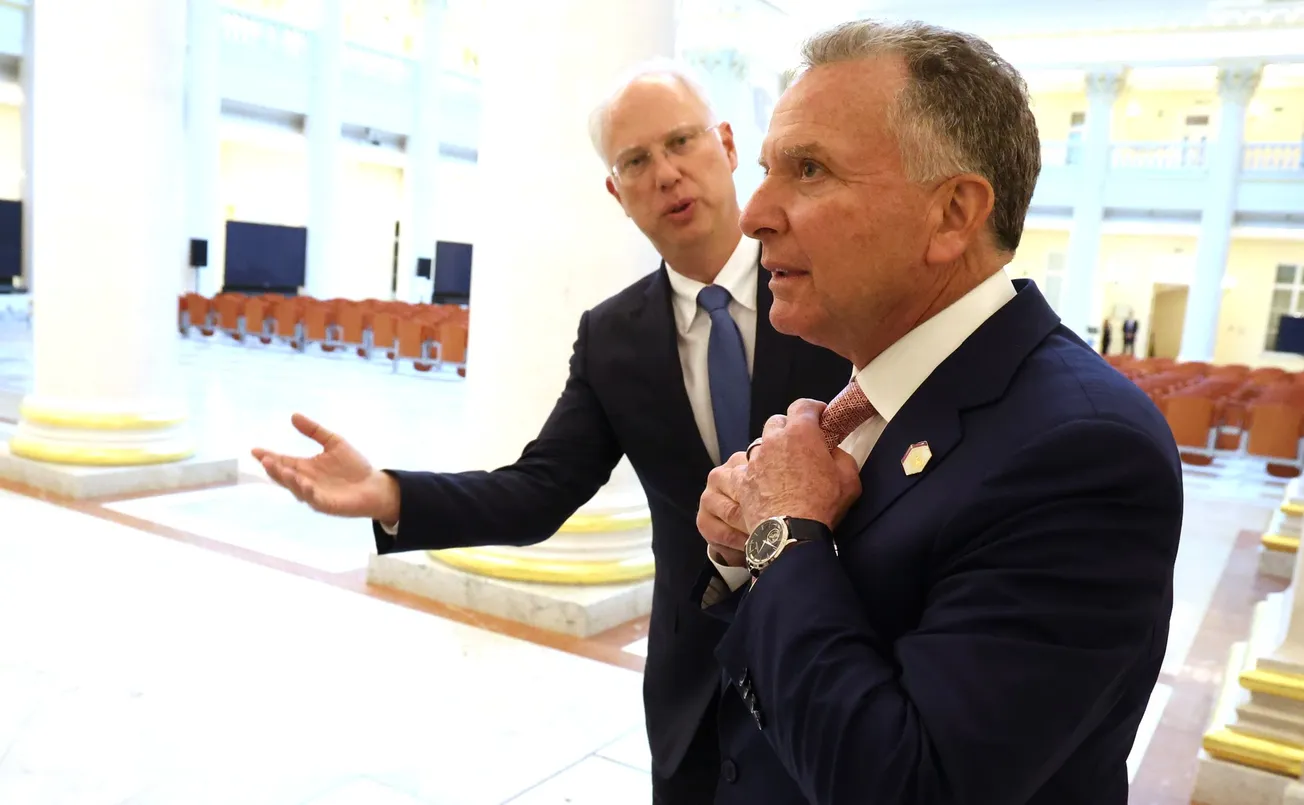The Ukrainian authorities have halted Russian gas deliveries to Europe through the pipeline that goes through the Lugansk region. Kyiv cites “force majeure,” while Gazprom affirms there have been no issues that would justify the move. Putting the two statements on an equal balance, the answer to the question “cui prodest?” is: Kyiv.
Russia has no interest in cutting gas supplies using a pretext. Kyiv does, in order to blame Moscow for an action potentially damaging for European countries. Almost one-third of Russian gas to Europe transits through the closed connector point at Sokhranovka, Gas Transit Services of Ukraine (OGTSU) declared force majeure on May 10, saying that it was impossible to “carry out operational and technological control” over the Sokhranovka connector point and Novopskov compressor station, because of the presence of “Russian occupiers.” Gazprom said it has received no confirmation of force majeure or any obstacles to continued transit of gas. Company spokesman Sergey Kupriyanov said that Ukrainian specialists have had full access to both facilities all along, and there had been no complaints about it previously.
Kupriyanov also said that Gazprom has been notified by Ukraine’s gas company Naftogaz that if Russia continues to supply gas through Sokhranovka, Kyiv will reduce the volume at the point of exit by the same amount, effectively confiscating the gas.
Both German and Italian authorities, main consumers of Russian gas, said that supplies are not endangered. While such statements might aim at avoiding panic, the outbreak of the warm season is reducing the demand for natural gas currently, However, a reduction of overall supply would jeopardize the EU plan to fill reserves in order to be able to “reduce dependence” by one-third next winter. German experts have already challenged such a plan, judging it impossible to be implemented on schedule, before the newest Ukrainian decision.



